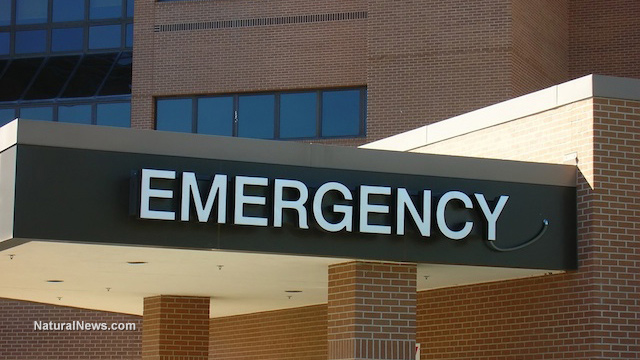
(NaturalNews) Things are better today in America than they were during the first few years of the Obama presidency, when the Great Recession was in full swing, and unemployment was high.
Or so we’re told.While the employment rate is certainly lower today than at its peak of 10 percent, what isalso true is that the overall quality of employment is nowhere near as good as it was prior to Obama’s two terms in office. In fact, the president’s policies have done more to harm employment and depress wages than to build them up.
There is ancillary evidence of this everywhere you look:
— The current rate of economic expansion is the worst it’s been since World War II. In fact, it is worse than economists had believed. As noted by The Wall Street Journal:
Since the recession ended in June 2009, the economy has advanced at a 2.2% annual pace through the end of last year. That’s more than a half-percentage point worse than the next-weakest expansion of the past 70 years, the one from 2001 through 2007. While there have been highs and lows in individual quarters, overall the economy has failed to break out of its roughly 2% pattern for six years.
Poor economic policies lead to less growth and fewer opportunities
So yes, Obama may have been correct to criticize “the Bush economy,” but it’s performed even worse under his “leadership.”— Indeed, Obama’s economic record is the worst in 80 years. As reported by The Daily Caller:
No other president since the Great Depression has presided over such a steadily poor rate of economic growth during his first five years in office. This slow growth should not be a surprise in light of the policies this administration has pursued.
— The Obama economy has been so hard on Americans that nearly two-thirds of Americans – 63 percent – can’t even afford a $500 automobile repair or a $1,000 emergency room visit.
According to a recent analysis by Bankrate.com, and cited by GovtSlaves.info, though most families will experience some kind of unexpected expense in the coming weeks and months, a majority are not saving for them:
Unexpected expenses are almost guaranteed to occur, but few Americans are budgeting for them by stashing money in savings each week or month, the latest Money Pulse survey from Bankrate.com has found.
“The survey shows that a very significant minority of American households apparently don’t have the resources to pay for an unexpected expense of around $1,000,” Stephen Brobeck, executive director of the Consumer Federation of America, told Bankrate.com.
The survey found that fewer than 4 in 10 Americans – 37 percent – would pay for an unexpected expense out of savings.
Other costs are increasing
Gasoline and diesel fuel prices are falling – finally – and that should eventually translate into additional savings, as reductions in transport and processing costs lead to lower prices for food and other necessities. But at the same time, these reductions, which most likely will be temporary, are being offset by price increases in other sectors of the economy – again, thanks to Obama’s policies:— His EPA just issued massive new emissions rules for coal-fired power plants that, according to U.S. Rep. John Shimkus, R-Ill., co-chair of the House Coal Caucus, will lead to higher electric rates.
“This rule will penalize consumers by jeopardizing energy reliability and increasing utility costs to families and businesses” in his state and around the country, Shimkus wrote in an op-ed co-authored with Rep. Rodney Davis, another Illinois Republican.
In reality, even as the price of oil, gasoline and natural gas fall, electricity rates are already rising.
— Obamacare has created dramatically higher out-of-pocket expenses for more American families. As noted in a new study of health insurance rate increases by Freedom Partners – a group advocating for smaller government and free markets – all but one state, Mississippi, are seeing insurance rate increases this year due to the Affordable Care Act.
Four of those states – Minnesota, Alaska, Tennessee and Hawaii – will see increases on average of 30 percent, while 17 others will average 20 percent increases.
“We need to get government regulations out of the way,” Freedom Partners official Nathan Nascimento said.
Sources:
WSJ.com
DailyCaller.com
GovtSlaves.info
BankRate.com
No comments:
Post a Comment